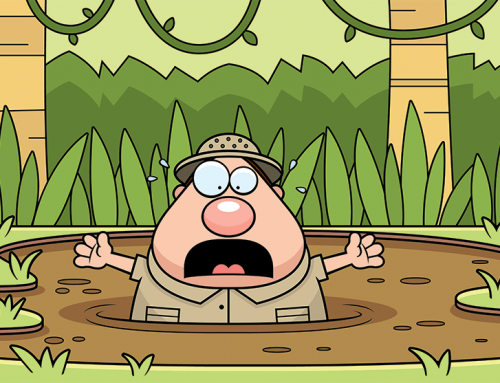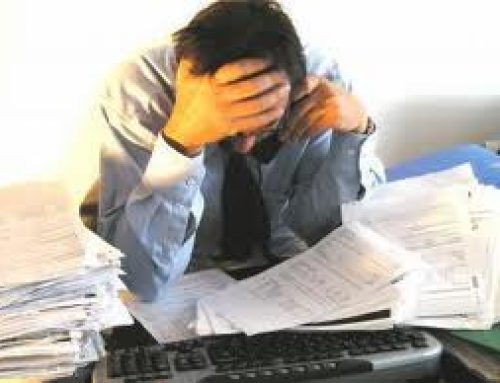Success is the common goal of every entrepreneur. However each entrepreneur defines success very differently. Whatever your definition some key criteria and decisions are needed before you can start.
First, you must make sure you have already achieved the objectives in the survival stage of the growth cycle. You can get a better idea of these objectives in my post titled 8 Things You Can Do to Achieve the “Survival” Stage of Small Business Growth.
 In a previous post titled Is Indecision Keeping You and Your Business from Success? I discussed a major decision for the business owner navigating the self-sustainability stage . It is a fork in the road. You can either:
In a previous post titled Is Indecision Keeping You and Your Business from Success? I discussed a major decision for the business owner navigating the self-sustainability stage . It is a fork in the road. You can either:
- prepare the business for rapid growth
- develop the business to sustain its current level of success
Building the business takes on different objectives and task based on which path you decide. So, a decision is critical at the onset or you and your business will wander aimlessly.
Once an entrepreneur makes this decision a new set of objectives for both themselves and the company are created. I discuss the 4 objectives that fall into the owner and company categories in a previous post title, The Search for Growth Continues where I introduced the 5 stages of small business growth.
4 Leadership Objectives Impact the Self-Sustainability Stage of Small Business’ Growth Cycle:
Let’s look at the Leadership Growth Factors and we’ll take a look at the Management Factors in Part 2 of this post at a later date.
Leadership Factors: |
|
| Owner goals |
|
| Operational Skills |
|
| Managerial Abilities |
Stable & Profitable: owner begins to disengage from business.
|
| Strategic Thinking |
|
What you will notice here is that there are a lot of the same objectives here the real difference is what the owner’s role becomes. This is a difficult transition point for many entrepreneurs. Most didn’t get in business to become a professional manager. They started their business because they had a passion. See my previous blog post titled Why So Many Small Business Owners are Unhappy to get a better sense of the challenges entrepreneurs face at this point in their personal growth. If you cannot get past this point, neither will your business. So, you need to take a hard look in the mirror and face some tough things deep down inside!
Are you at this point? Are you unsure of what you really want “when you or your business grow up?” For those of you that have faced these demons and won, share your journey. It will help others to see that they are not alone and that there is a light at the other end of the tunnel.
Next, we’ll take a look at the business objectives so stay tuned to next weeks post…






[…] my last post titled 4 Owner Objectives to Achieve the Success Stage of Business Growth we explored success stage. I talked about the 4 areas that an entrepreneur/owner needed to focus […]
My hat is off to your asttue command over this topic-bravo!
Fralkny I think that’s absolutely good stuff.
[…] to become?” This decision in a critical fork in the road for your business and the post titled 4 Owner Objectives to Achieve the Success Stage of Business Growth is a good source of information as to which direction you want to take your business when you reach […]
[…] will only grow when you grow. Remember there are 2 factors that impact business growth – owner factors and company factors. The owner factors mean you must mature as a business leader to meet the […]
[…] vs tactics is such a critical concept for small business owners. Go back to my post titled 4 Owner Objectives to Achieve the Success Stage of Business Growth provides an overview of the 4 key owner factors necessary for business growth. This isn’t my […]
[…] my last post titled 4 Owner Objectives to Achieve the Self-Sustainability Stage of Business Growth we explored self-sustainability stage. I talked about the 4 areas that an entrepreneur/owner […]